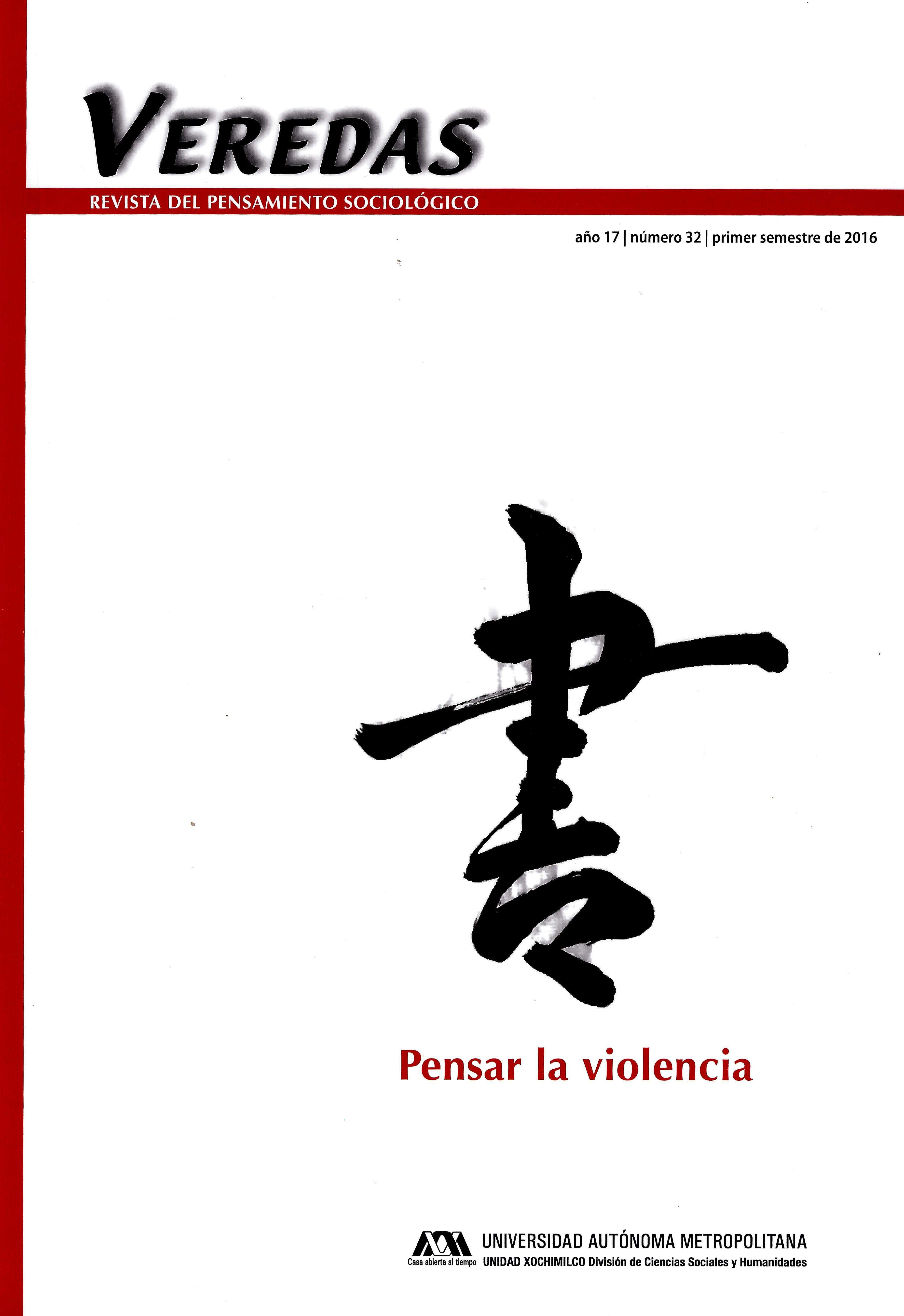Juvenicidio en México y Colombia, un bosquejo comparativo
Abstract
This article analyzes the cases known as “the Ayotzinapa normalists†(Mexico, 2014) and “the false positives of Soacha†(Colombia, 2008), arguing that both share an underlying common logic of exclusion, stigmatization and criminalization of the youth population, which allows them to be cataloged As juvenicides. The two cases are part of the structural violence that corrodes the above-mentioned societies and affects mainly young people, but not because of a random or temporary situation, but because this social group has been the victim of a process, mediated by the Imposition of the neoliberal model, which implies in addition to youth poverty and unemployment, other exclusions such as territorial and cultural partner. Added to this situation, through strong processes of social stigmatization, some juvenile sectors have become criminals and enemies of The society, whom it is desirable to eliminate, arriving in this way to the mediatic and political justification of atrocious crimes, such as those studied here.





